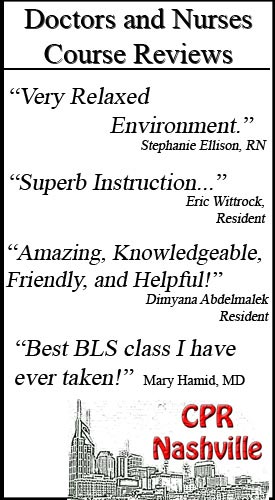Varicose veins are a common condition in which veins swell and surface. This happens due to valves in veins malfunctioning. When functioning correctly, these valves open so that blood can flow back up toward the heart, and then they close to prevent blood from flowing backward and pooling in the vein. No vein is immune to becoming a varicose vein, but this condition is most common in the legs and feet. This is due to added pressure on these veins and the fight against gravity. For most, varicose veins are just a cosmetic problem, but they can cause more severe problems. People suffering from varicose veins are at a higher risk for other circulatory problems.
Varicose veins can cause tired, achy legs that feel heavy. Other symptoms include burning, throbbing, muscle cramping, and swelling in the lower legs. There may be itchiness around one or multiple affected veins. Pain may also be present after sitting or standing for prolonged periods.
Women are at a much higher risk than men for developing varicose veins. The main risk factors include age, pregnancy, and obesity. Also, women using birth control pills or hormone treatments are more likely to develop varicose veins. As people age, the valves in veins become weaker. This is due to veins losing their elasticity and valves working against gravity for so long. Pregnancy is a common cause of varicose veins due to increased blood volume and added pressure in leg veins. It’s common for varicose veins to first appear during pregnancy, or existing varicose veins to worsen. Obesity puts people at risk of developing varicose veins because of the added pressure on veins.
The more severe complications of varicose veins include ulcers and blood clots. Ulcers are very painful, and they develop on the skin’s surface, mainly near the ankles. They’re caused by long-term fluid build-up. Blood clots can form in varicose veins deep within the legs, and are usually indicated by swelling in the legs. If symptoms of either are present, immediate medical attention should be sought.
Several simple lifestyle changes can be made to help improve and prevent varicose veins. Exercising is essential for improved circulation. If unsure about any physical activity, consult with a physician first. The diet should be monitored, especially sodium intake. Diets high in fiber and low in sodium are recommended. Too much sodium causes water retention and bloating. Staying in the appropriate weight range recommended for your gender, height, and age is also very important.
Excess weight puts additional pressure on veins. Proper clothing is important as well. High heels should be avoided since they discourage blood flow in the calves. Pants or hosiery shouldn’t be too tight, just to ensure proper blood flow back up to the heart. Prolonged sitting and standing should also be avoided. It’s best to move around and change positions at least every half hour. Elevating the legs above the level of the heart is recommended to alleviate some pressure.
While varicose veins aren’t always preventable due to heredity, following the above recommendations greatly lowers your risk of developing them. For those who suffer from varicose veins, compression garments can relieve some of the discomfort and prevent the condition from worsening. If the prevention measures and compression garments don’t work, it’s best to contact a physician.
References
Mayo Clinic – http://www.mayoclinic.com/health/varicose-veins/DS00256




